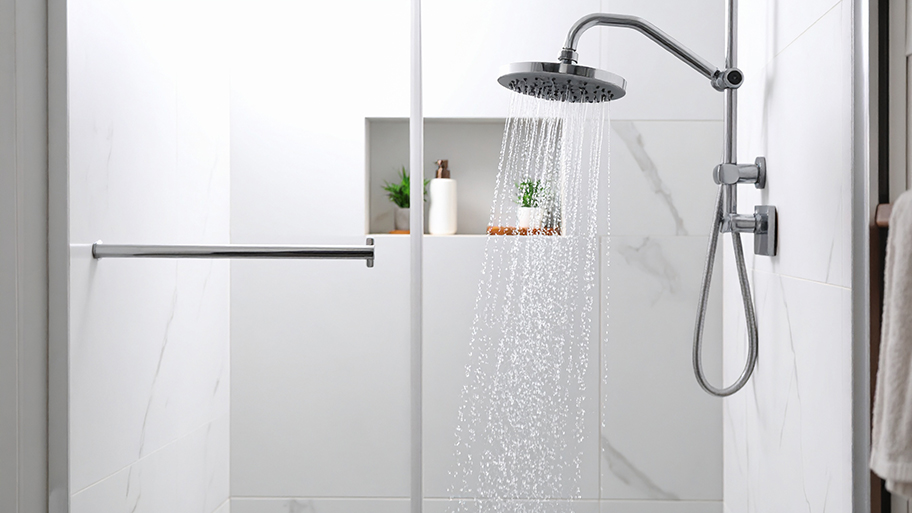
Water softener repair costs can add up, but they’re almost always worthwhile. Use this guide to see what your project is going to cost before you get started.
It’s time to purify any cloudiness and confusion between distilled and purified water


There are several types of purified water, one of which is distilled water.
Distilled water is purer and contains fewer minerals than purified water.
As a result, distilled water is more expensive than purified water.
Distilled water is made by collecting the vapor from boiling water.
Purified water can be made through distillation, reverse osmosis, or deionization.
Whether you’re perusing the water aisle in a grocery store or looking up ways to get rid of hard water in your home, two common options may catch your eye: distilled and purified water. While they share some similarities, the main difference is that distilled water is made by boiling water and collecting the steam it creates, resulting in an extremely high level of purity. On the other hand, purified water isn’t quite as clean and often contains leftover (healthy) minerals, like calcium and magnesium. Let’s clear up any confusion between the two so that you can choose the best water for your home.
Both types of water undergo processing to remove impurities (such as bacteria, algae, and lead), but distilled water also gets rid of healthy minerals and electrolytes. The processing method can differ, too, since distilled water is only produced through distillation. Purified water can be made in that manner, but there are other methods, as well. In the end, distilled water comes out purer—and pricier—than purified water.
Distilled water is the most pure form of purified water. It’s made using one method: boiling water and collecting the water vapor. What you get from this process is 99.9% pure water that’s free from almost all contaminants and minerals—including beneficial ones, like calcium, magnesium, and fluoride.
| Pros | Cons |
|---|---|
| Exceptionally pure | More expensive |
| Safe for drinking | Uses more energy |
| Won’t increase mineral buildup in appliances | Lacks healthy minerals |
Best for:
Immunocompromised individuals who need highly pure water
People living in areas with poor water quality
Parents who feed their babies with formula
Distillation is one of the most effective methods for removing contaminants from water, resulting in water that’s almost 100% pure. This is especially valuable for people with certain health conditions because distilled water doesn’t include any bacteria, viruses, or pesticides.
Because the distillation process removes chemicals and minerals, some people use distilled water in their cars, home appliances, or aquariums so that they don't have to worry about mineral buildup.
Distilled water is more expensive than other types of purified water. The distillation process requires a large tank, which increases the price of installation and your ongoing energy costs. Plus, it takes up more space in your home than a water purification system.
In addition, distilled water is so pure that very few, if any, particles remain in the water after the distillation process. However, not all minerals are harmful. In fact, many minerals, like calcium, magnesium, and fluoride, are beneficial to your body in small quantities.
Purified water is water that’s been filtered to remove impurities. There are several types of purified water (including distilled water), but they’re all at least 95% pure. Purified water isn’t limited to just the distillation method alone—though you can definitely use a distiller to create purified water. Two other methods for purifying water include reverse osmosis and deionization.
| Pros | Cons |
|---|---|
| Less expensive | Doesn’t remove as many contaminants |
| Includes healthy minerals | Requires regular filter changes |
| More energy efficient | Some systems remove fluoride |
Best for:
Anyone who wants cleaner, fresher-tasting water
Folks looking for filtered water that still contains healthy minerals and electrolytes
People searching for a more compact, cost-effective alternative to a distilled water system
Unlike distilled water, purified water often does contain healthy minerals—be it through remineralizing the water for flavor and health or through its less intense purification process. These systems are also less expensive to install and more compact than water distillers.
Reverse osmosis and ion exchanger systems are more eco-friendly than a water distiller, which must constantly boil water as part of the distillation process. As a result, you’ll save on energy costs.
The main downside of purified water is that it often contains more contaminants than distilled water. This may be a concern for people with compromised immune systems and certain health conditions.
In addition to removing impurities, some water purification systems also remove fluoride, which might be an issue if you’re a fan of fluoridated drinking water. Finally, while the energy costs may be lower with a reverse osmosis or ion exchanger system, you need to factor in the price of replacement filters.
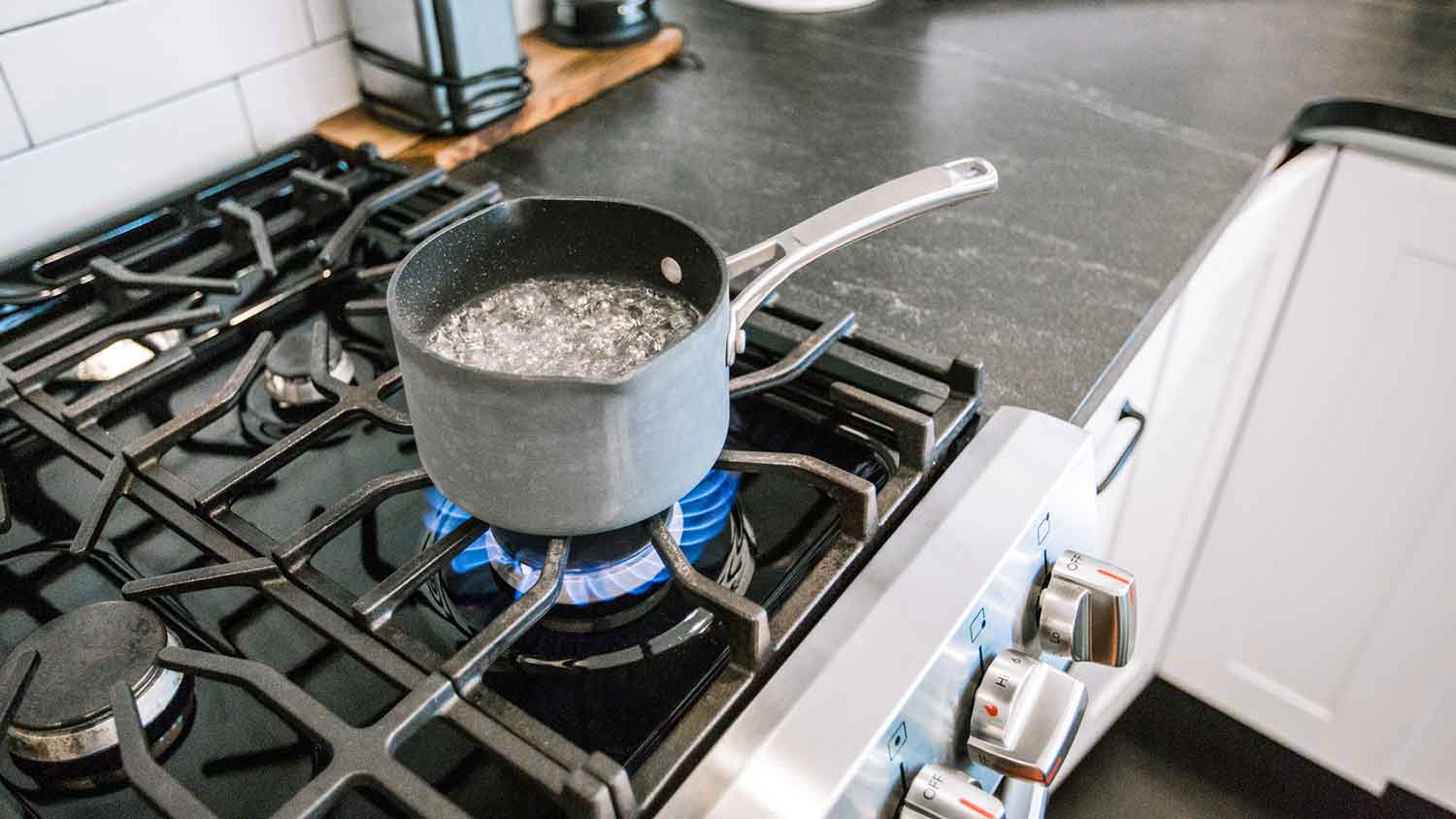
Let’s look at how distilled and purified water compare in terms of water cleanliness, cost, installation, and more.
Distilled water is the most purified water possible. Distillation removes 99.9% of impurities, while purification removes around 95% of impurities from water, depending on the system and its capabilities.
Since your water distiller needs to consistently boil water, you’ll find your energy bills may also boil over your usual monthly expenses. Reverse osmosis and ion exchangers used in water purification are far more energy efficient because they don’t require heating of water to achieve purification.
On average, water distillers range from $1,200 to $4,000. Water purification systems are less expensive. Ion exchangers cost between $500 and $3,000, and reverse osmosis systems cost $2,200 on average.
However, while water purification systems may cost less than water distillers upfront, you'll need to change the filters routinely to maintain your water softener—which can add up over time.
Some purified water systems can be installed as either point-of-entry or point-of-use systems. Point-of-entry systems are whole-home systems that treat your entire home. They’re larger, and the process occurs in a tank. Meanwhile, point-of-use systems are installed in one location, like your shower or beneath your kitchen sink. These systems treat your water on demand, so they don’t require large storage tanks.
A distilled water system needs a boiling chamber, condensing coils, and a storage tank to treat and store the water. They are much larger, so factor in the size of your water softener when making a decision for your filter. If you want a smaller water distiller for drinking water or small applications, you can purchase a distiller that looks similar to a kettle, which distills around 1 gallon of water.
If you’re installing a point-of-entry purification system, it’s best to work with a local water softener installation company, as these systems can be large and require knowledge of how to install a water softener.
Allie Ogletree contributed to this piece.
From average costs to expert advice, get all the answers you need to get your job done.

Water softener repair costs can add up, but they’re almost always worthwhile. Use this guide to see what your project is going to cost before you get started.
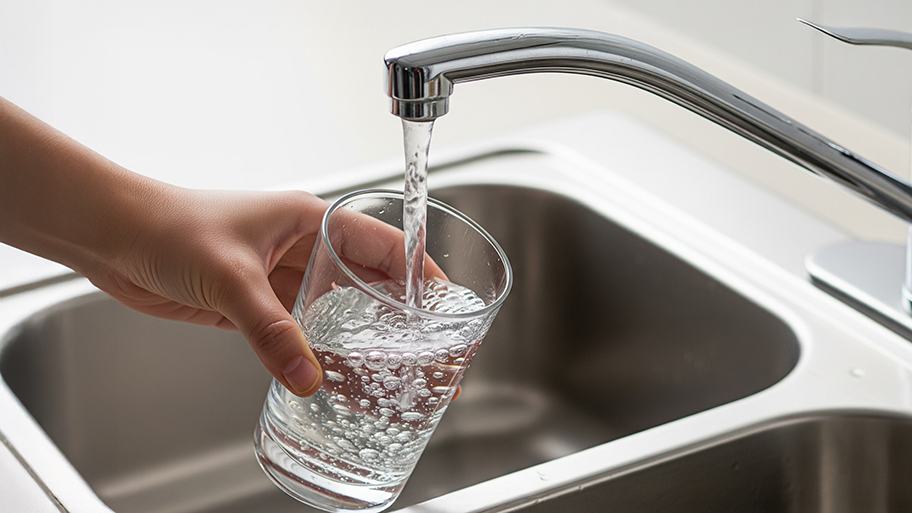
On average, a reverse osmosis water filter costs around $2,200, but there are a few variables that impact the total price. Learn about them in this guide.
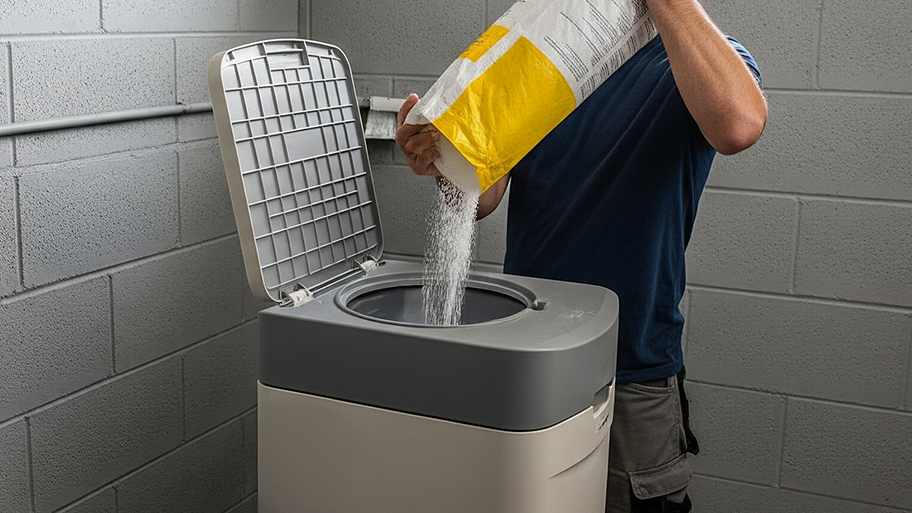
How much a water softener costs depends on your home’s size, and the system’s type and capacity. Our expert guide explores all the price factors.
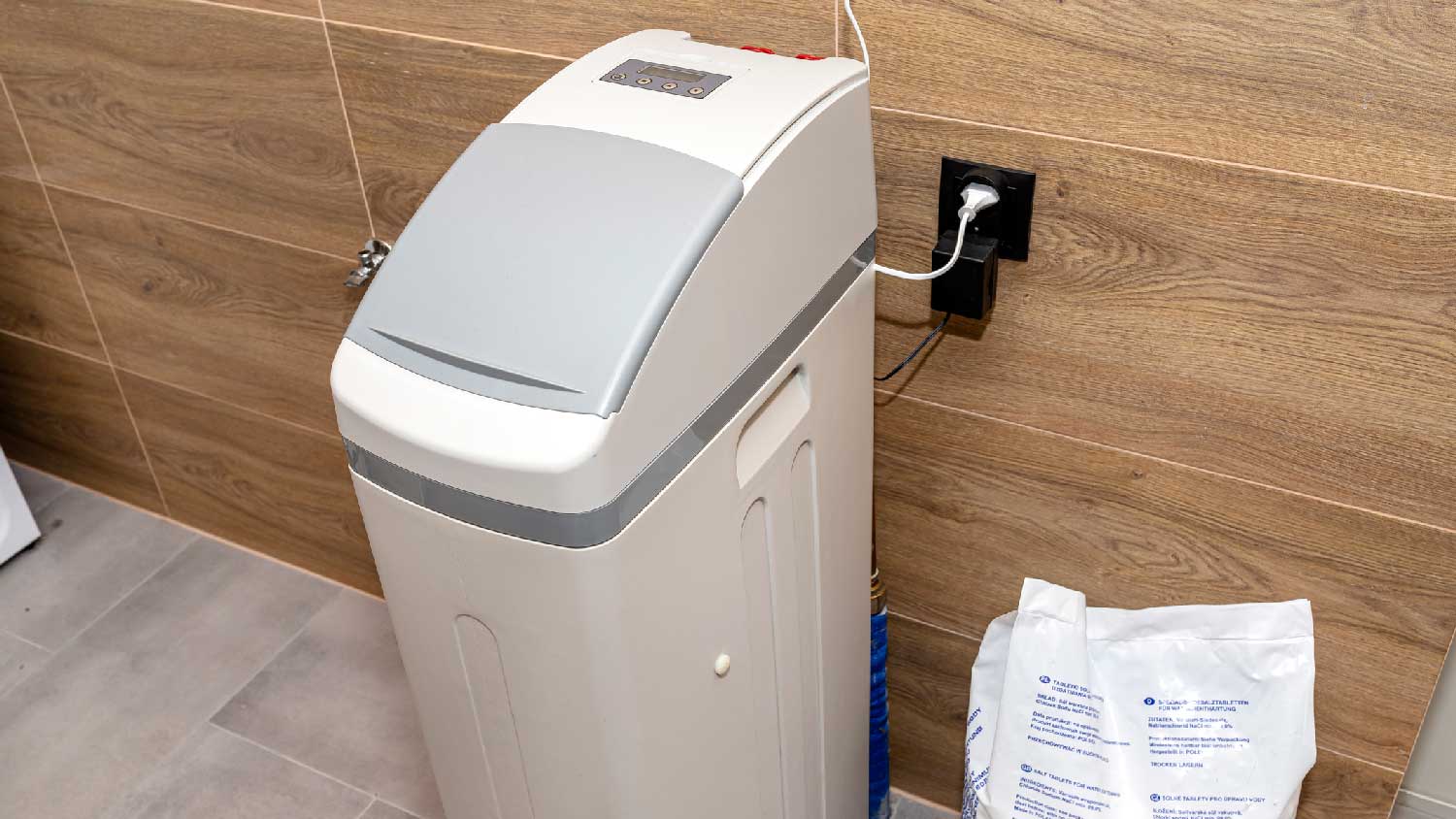
You can install a water softener in a few common spots. However, not all homes are the same, so read on and learn the best spots for this addition.
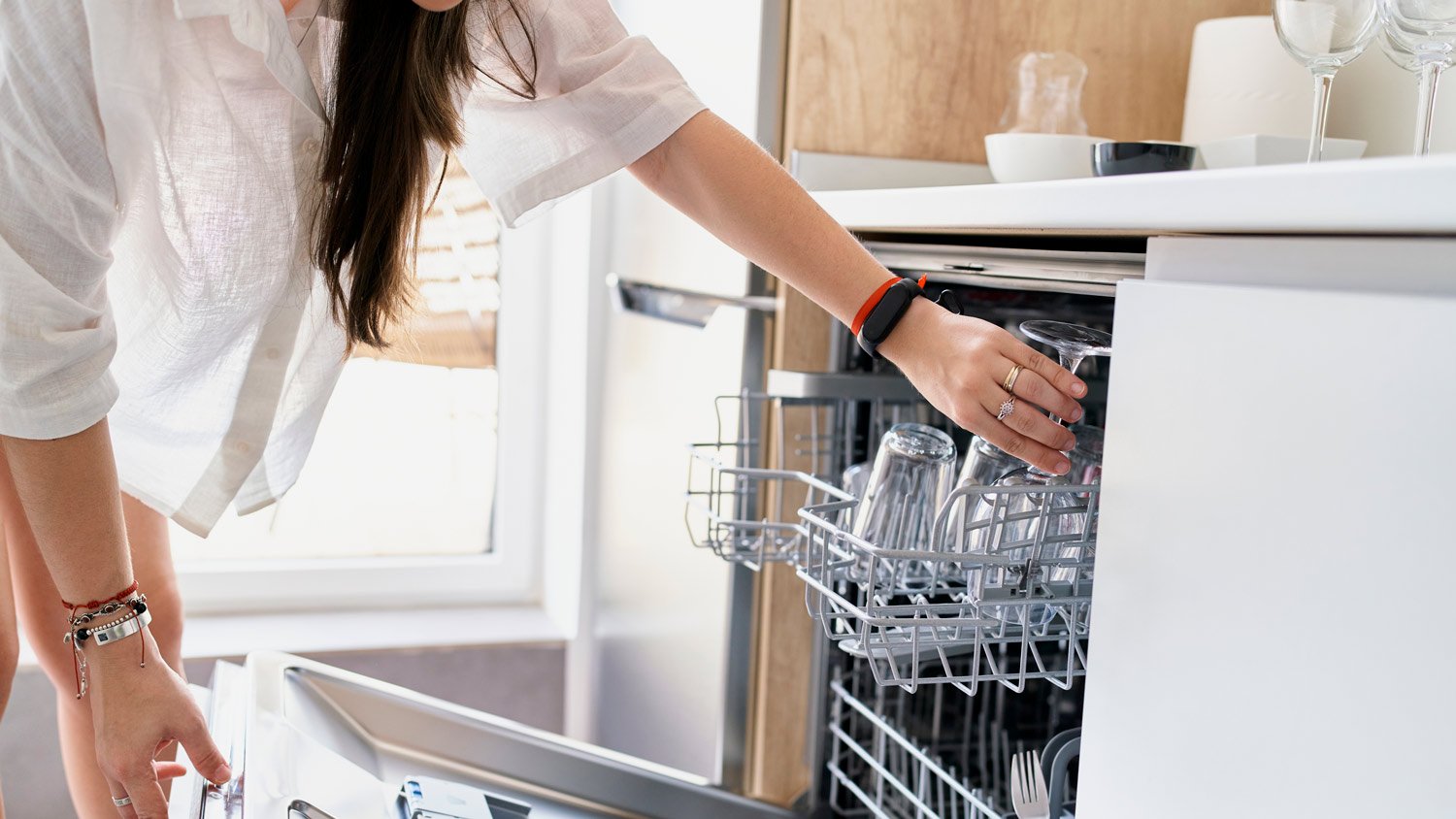
A clogged water softener can reduce the system's efficiency and your water pressure. Here's how to identify problems with yours and what to do about them.

Water softeners need salts, but which type is best? Learn the key differences between potassium chloride versus sodium chloride water softener salts.